Sunday Telegraph April 15th 1973. By JOHN SMALLDON
AMONG the many questions still unanswered following crash last Tuesday’s of Vanguard Oscar Papa at Hochwald in Switzerland, two seem to be most relevant to investigators probing the cause of the disaster.
How could an aircraft, as is usual when so near to touching down, under the strictest control and observed on radar screens second by second ” lose its way so near to an airport?
Should the pilot have considered landing at Basle at all in the prevailing conditions, which later were to prevent rescue helicopters from even leaving the ground ? A third possibility cannot be ruled out- that of navigation intrument failure inside Oscar Papa? Although this may not prove to be the sole cause of the crash.
Mr. John Owen, head of the British Government’s investigation team has listened to the last radio messages from the doomed airliner. He confirmed that ” it was obvious that the pilot did not know where he was.” But he also added that the conversations included no indication of difficulties whatsoever. It was a very clear recording.” Yet Dr. Karl Biland, head of the Swiss Federal air accident investigation office told Close-Up that on Tuesday morning ” the radar was working and tracked the Vanguard until it disappeared.” This may indicate that although the airfield equipment may have shown the aircraft to be in an unusual position, no warning was given to the pilot, or even considered necessary.
On the other hand although a pilot must obey air traffic control directions as to direction and height when flying close to an airport, these directions are given after the pilot has selected his course of action, i.e. to land, overshoot or divert. In that case the airport controllers may, having assumed that Oscar Papa had decided to divert to Zurich due to the raging snowstorm, have been awaiting the pilot’s confirmation before issuing new instructions.
This situation will no doubt be clarified by readings in black box ” which the was recovered undamaged from the Vanguard’s tail and which gives a full account of the aircraft’s technical performance from the time it took off at Luton, after previous flights to Vienna and Milan, for Bristol to collect the Somerset housewives for the flight to Basle. What we desperately need to know is what air factors were involved. What caused the pilot to do what he did. As far as we know no one actually saw the aircraft at all” said Mr. Harry Hopkins, technical chairman of B.A.L.P.A., the pilots’ union, who returned from Basle weekend.
At the Invicta, like all airlines, has its own criteria for all airports and runways it uses. ” At Basle, our minimum a for landing visibility is a cloud base of 250 feet and runway visibility of 650 yards,” said Capt. Walsh, technical officer at Manston, Kent, where the Vanguards are based. Base claims visibility at the time 47-year-old Capt. Ivor Terry was due to land the air- craft was between 750 and 1,300 yards. This does not tally with the report of a Sunday Telegraph correspondent, on holiday in Basle, who was skiing near the scene of the crash when it happened. He said that driving wet snow cut visibility in the area to a maximum 200 yards. Local people described it as ” the worst April storm in living memory.” Given the fact that visibility in snowstorms depending on varies widely the density of the storm, this first hand account does raise a doubt about the accuracy of the airport’s statement.


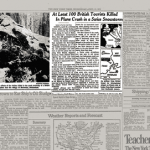
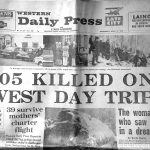

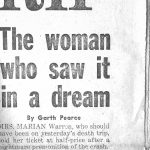
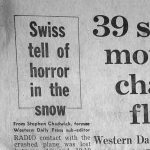
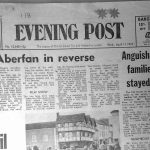
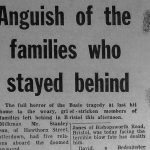
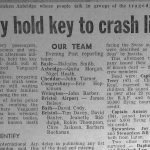
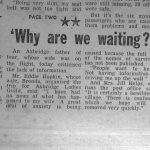
Leave a Reply